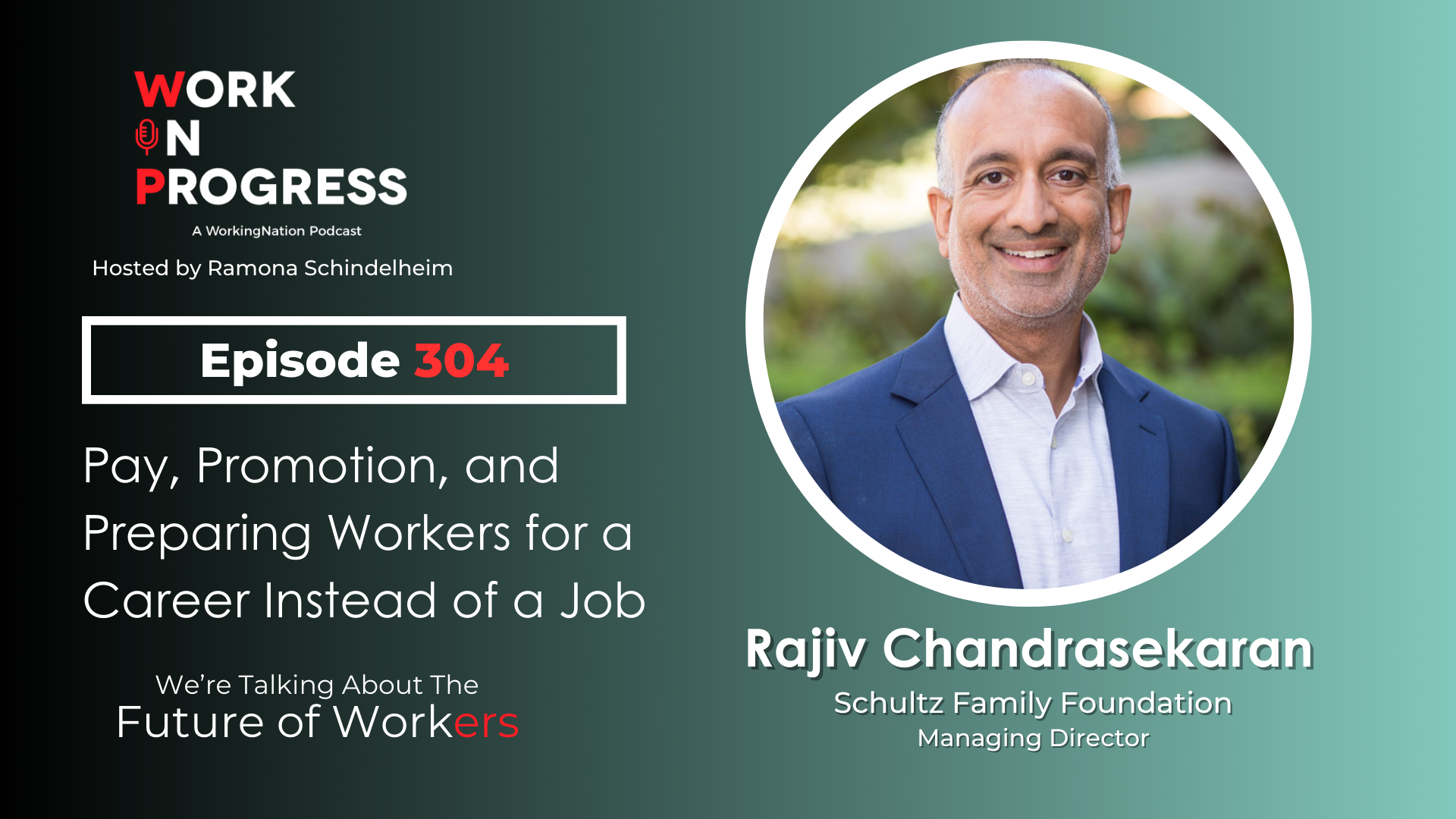By Martha Laboissiere and Mona Mourshed
“The land of opportunity” — that is the promise of the United States. And one of the reasons the country has been able to deliver on that promise is that it has been able to develop the talent it needs to create wealth and to adapt to ever-changing economic realities. But there are concerns that the United States can and should be doing better. This will require policies and actions on many fronts, for example on trade, taxation, regulation, education, and fiscal and monetary policy. In this article, we focus on a single subject: preparing people without college degrees for jobs with promising career paths. The need, for both business and society, is clear.
On the one hand, almost 40 percent of American employers say they cannot find people with the skills they need, even for entry-level jobs. Almost 60 percent complain of lack of preparation, even for entry-level jobs. On the other hand, this “skills gap” represents a massive pool of untapped talent, and it has dire consequences, including economic underperformance, social unrest, and individual despair.
The skills gap takes different forms. In some cases, it is a matter of youth struggling to enter the workforce; in others, it is mid-career learners who have lost their jobs because of factory closings or layoffs, and who now must adapt. Whatever the circumstance, when people are disconnected from the workplace, they often disconnect from other social institutions as well. This is not healthy — neither for those left out nor for the societies in which they live.
Recognizing the importance of this subject, McKinsey & Company has done extensive research on global workforce-development programs and economic strategies. We have also worked with a number of state, local, and national governments.
So based on our research and experience, we have identified five principles that we believe should be the foundation of workforce-development programs — for funders, participants, and employers.
1. Define geographic assets and identify target professions.
2. Deliver ROI to employers and workers.
3. Support comprehensive, demand-driven training methods.
4. Assess and prepare learners before they start training.
5. Coordinate the workforce-development process centrally.
To read more on these principles, click here.
Martha Laboissiere is a senior expert in McKinsey’s San Francisco office, and Mona Mourshed is a senior partner in the Washington, DC office.
MORE: Watch Mona Mourshed on Episode One of The Table, a bi-partisan brainstorming discussion about the global economic forces that are impacting communities across America and how society’s perceptions of opportunity and the American dream are changing.











